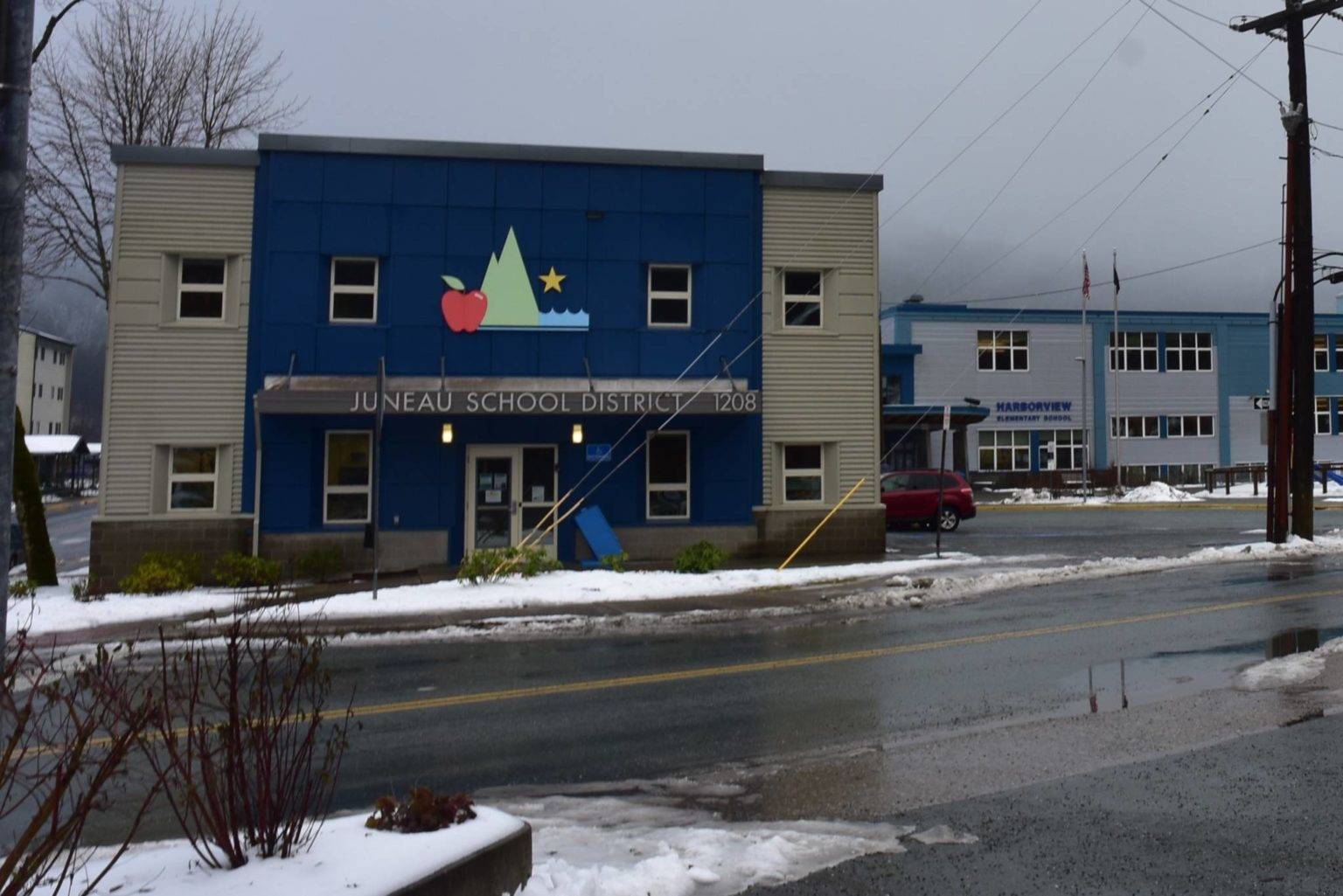The impact of COVID-19 on the Juneau School District’s budget is not as dire as it could have been, board of education members said Monday evening, thanks to special provisions in state law and a large number of students signing up for the HomeBRIDGE program.
At a joint meeting with the City and Borough of Juneau Assembly, board members said the state’s “hold harmless” provision means the district’s funding for this year will be comparable to the 2019-20 school year despite a sizable drop in enrollment caused by COVID-19.
“We lost about 900 students,” said Board member Deedie Sorensen. “However, once everything was factored in, we had to our great benefit, a substantial number of students who shifted from our brick and mortar schools to HomeBRIDGE.
More than 400 students switched to the HomeBRIDGE program she said, which the district receives state funding for. But it was the state’s hold harmless provision, which says if a school’s enrollment drops by more than 5% it will continue to receive support based on enrollment from the previous year, that really helped the district, Sorenson said.
As of October 2020, the district had 4,030 enrolled students, according to JSD Chief of Staff Kristen Bartlett, down from the 4,620 from the 2019-2020 school year.
While that means Juneau schools will be assessed under roughly the same funding formula as previous years, how much the district actually receives depends on how much the Legislature decides to appropriate to the Department of Education & Early Development. Total funding for the 2020-21 school year was roughly $85.5 million according to Bartlett, and Sorensen said she was confident Juneau would receive a similar amount next year.
[Health officials want Alaskans ready for vaccine]
“We’re not a big winner in terms of school monies,” Sorensen said. “We’re just not a big loser.”
But even with that funding, the district has needs that are likely to remain unaddressed, according to Board member Paul Kelly. Kelly told the Assembly there are two lists of capital improvement projects submitted to the Department of Education & Early Development each year, but the district has been told 2025 is the earliest some of those projects could receive funding.
Even before the coronavirus pandemic, the state was experiencing its own fiscal crises and calls to drastically cut state spending or find new revenue sources. More than 70% of the state’s unrestricted general funding each year comes from a percentage of an earnings account for the Alaska Permanent Fund, according to the Alaska Permanent Fund Corporation. As of Oct. 30, the Earnings Reserve Account of the Permanent Fund was $6.7 billion, according to APFC. The state is permitted to take a percentage of that money for spending and starting in Fiscal Year 2022 that amount will drop from 5.25% to 5%.
Shutdowns caused by the pandemic have caused many businesses to close and unemployment to rise, both in Alaska and nationally, according to the Alaska Department of Labor & Workforce Development. Employment in Alaska for October was down 8.8% over the previous year, DOLWD said in a Nov. 20, news release. Every industry’s employment numbers were down, the release said, except for the federal government which was up because of temporary census workers.
The Legislature will meet in January, but with new members joining the body, a new leadership must be elected.
• Contact reporter Peter Segall at psegall@juneauempire.com. Follow him on Twitter at @SegallJnuEmpire.

